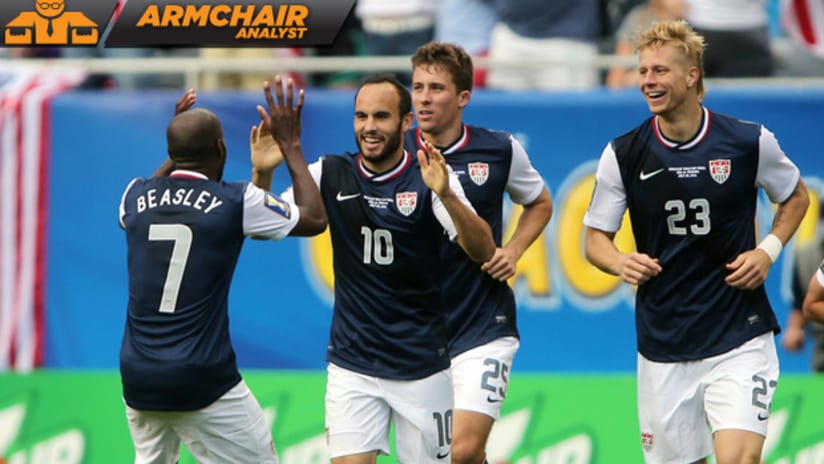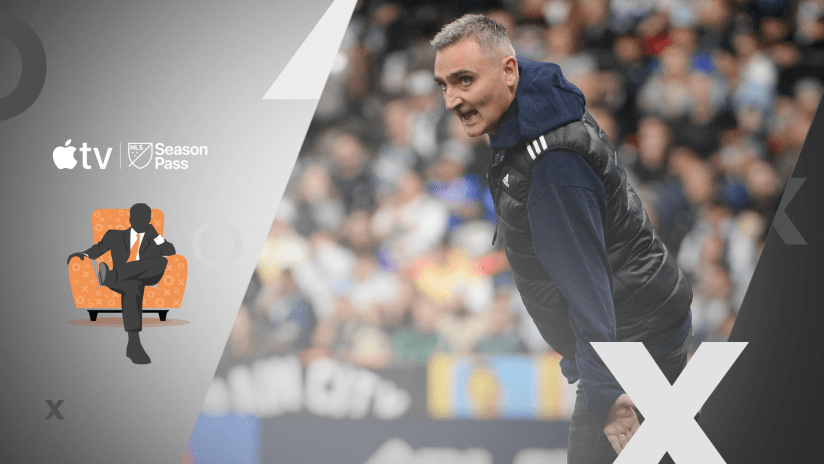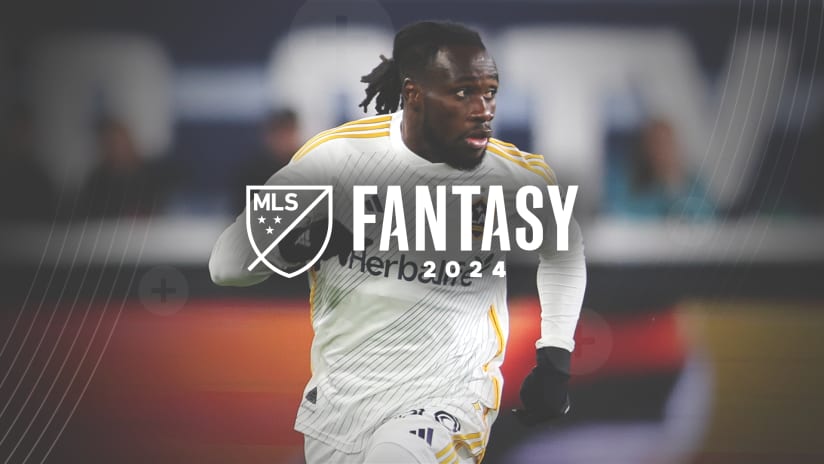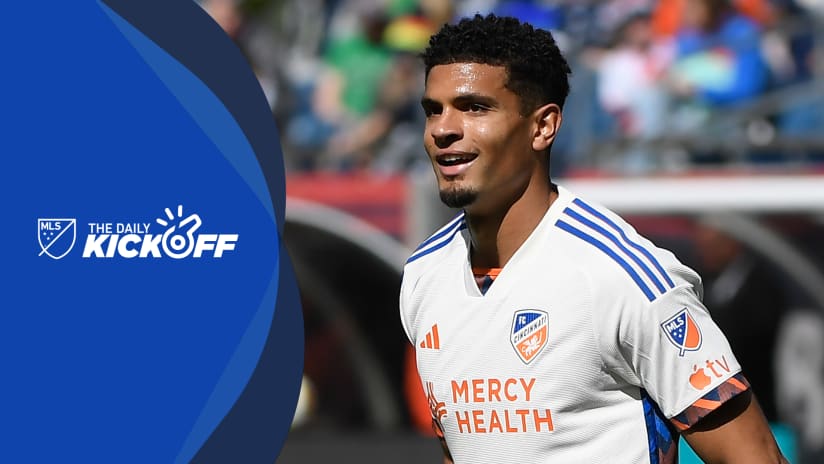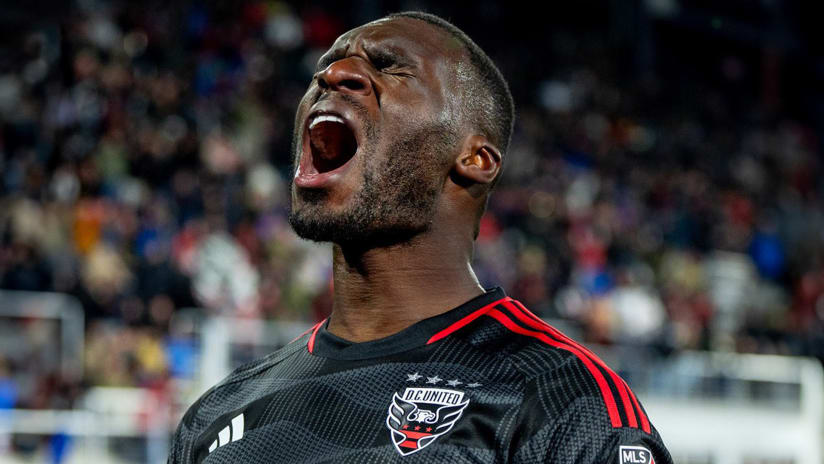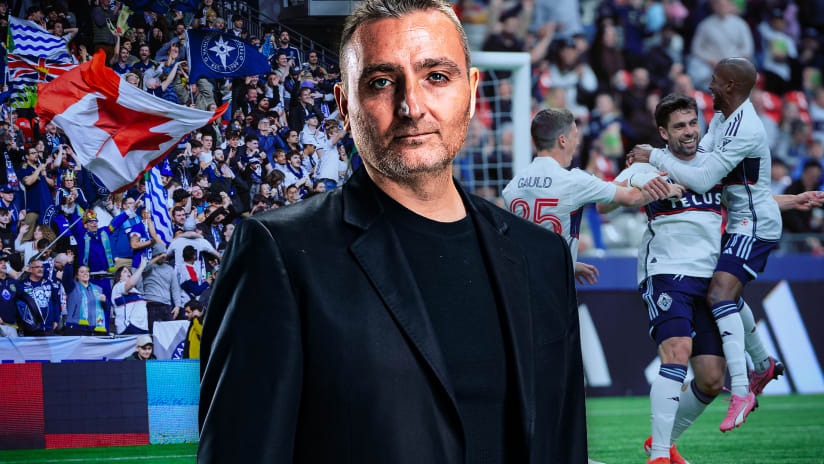You remember the difference between the Gold Cup and a World Cup qualifier now, right? You remember that the games we saw leading up to today – the 3-1s, the 6-1s – you remember how and why they don't happen in qualifiers, right?
Because this, today, in Chicago was a World Cup qualifier masquerading as a Gold Cup final. This is how outmatched yet supremely disciplined teams try to gut out results against heavy favorites.
The stakes are only this high in qualifiers and confederation finals. That's why even when the US play great – as they did on Sunday, and as they did against Panama last month in Seattle – expecting anything more than a two-goal win is insane.
I hope you enjoyed the last month, with blowout wins and inflated goal tallies. I sure did. But Panama, in their 1-0 loss, reminded us all that it's now time to return to the grind.
Here are three things we learned from Chicago:
1. Possession without penetration still has a point
I went dark on Twitter for the first 45, so I was pretty shocked to see, when I finally stuck my head up at halftime, how negative things had gotten among the Twitterati. First – and really only – complaint was that the US had a ton of the ball but didn't really create much.
Couple of things on that:
- Stuart Holden had two great looks in the final third within the first 13 minutes. Both were created by possession.
- Panama adjusted immediately to those good looks by bringing Gabriel Gómez deeper as a pure destroyer. Nothing up the middle from that point out.
- The US proceeded to knock the ball in triangles from middle to flank from then until the halftime whistle, and still threatened on set pieces.
The idea behind those triangles was to run the Panamanian wingers – who are tasked with creating all the offense for that team – straight into the ground by the 65th-minute mark.
And yeah, it absolutely, positively worked. Here's a tweet right after Brek Shea's game-winner.
Alejandro Bedoya's space on the cross, and Shea's space a few minutes later when Eddie Johnson fluffed the easiest chance of the game, happened because nobody could get within five yards of them. Alberto Quintero was so exhausted that by the 80th minute, he'd have lost a 1-v-1 to an orange cone.
Panama tried to rope-a-dope. The US annihilated them with body blows before eventually landing the right hook.
2. With Panama's wingers neutralized, they could only play over the top
Well, they tried playing over the top right at the start, but Clarence Goodson won the first four long balls hit in his direction, and that was that. Then Panama tried to play to the wings, but with Michael Parkhurst and DaMarcus Beasley sitting deep, the US always had numbers. Then in the second half, as the US fullbacks pushed up, the Panamanian wingers got totally pinned.
Below are said wingers' completed passes from the entire second half:
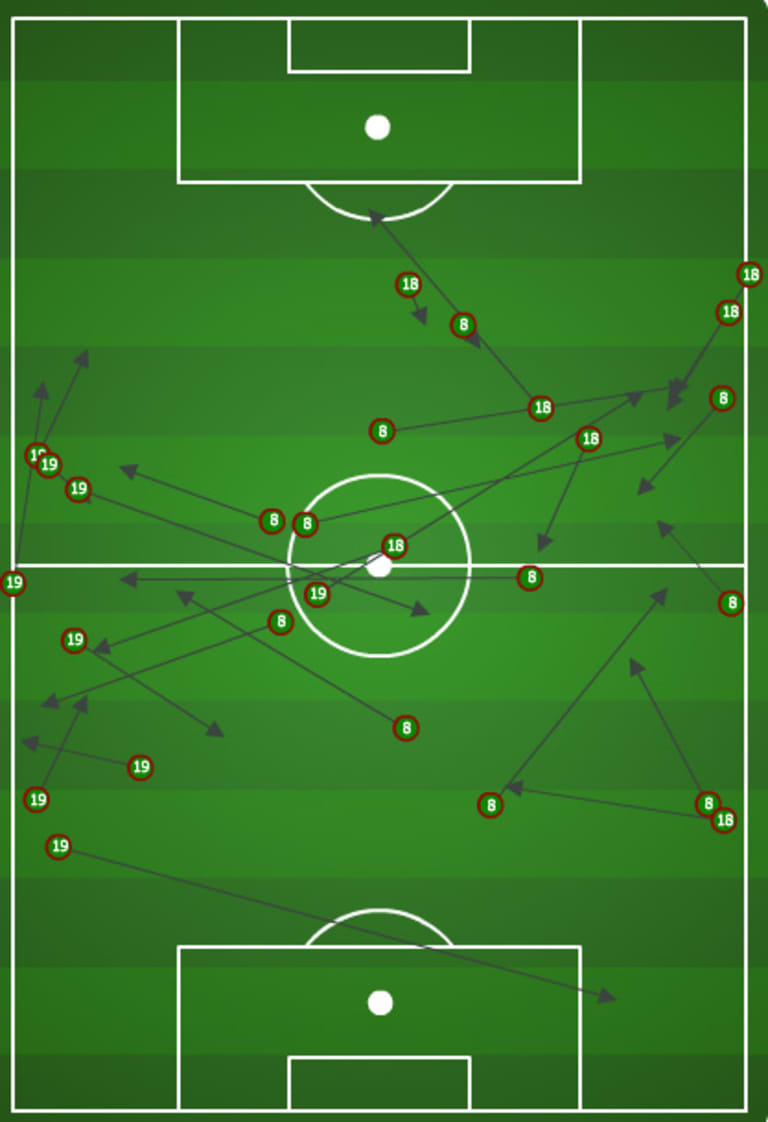
Ask yourself: Was there ever a moment in this game where you felt like Panama were dangerous from the run of play? I can't think of one, and the above graph is why.
I've killed Jurgen Klinsmann in the past here for some bad gameplans – in 2012, he played a lot of checkers. Today he played chess, even if he was six stories up in the Soldier Field press box.
3. Landon will find his right spot
One of the hardest parts of coaching Landon Donovan, according to Bruce Arena, is that he's your best forward, your best withdrawn forward, your best central playmaker, and your best wide midfielder. That kind of means you can't go wrong, but it also means you're always in danger of using your best asset incorrectly.
At this point, though, it's clear that Klinsmann has to find a spot for LD in the starting XI and trust him to figure out how to have the biggest influence on the game. In the first half, with the US fullbacks deep, Landon played off of EJ's shoulder – an out-and-out striker.
In the second half, with the US fullbacks pushing up and the wide play happening deeper in the attacking third, Donovan dropped deeper into the play and became always available in the central channel as a playmaker.
And yeah, he was good at both. What's made him such a phenomenal player over the years is that he understands better than anyone how to create useful partnerships all over the field, and the better the players he's playing with, the more useful those partnerships become.
That's my way of saying I'm looking forward to seeing him out there with Clint Dempsey, Jozy Altidore and Michael Bradley no matter how it's drawn up on the team sheet. You all should be, too.

